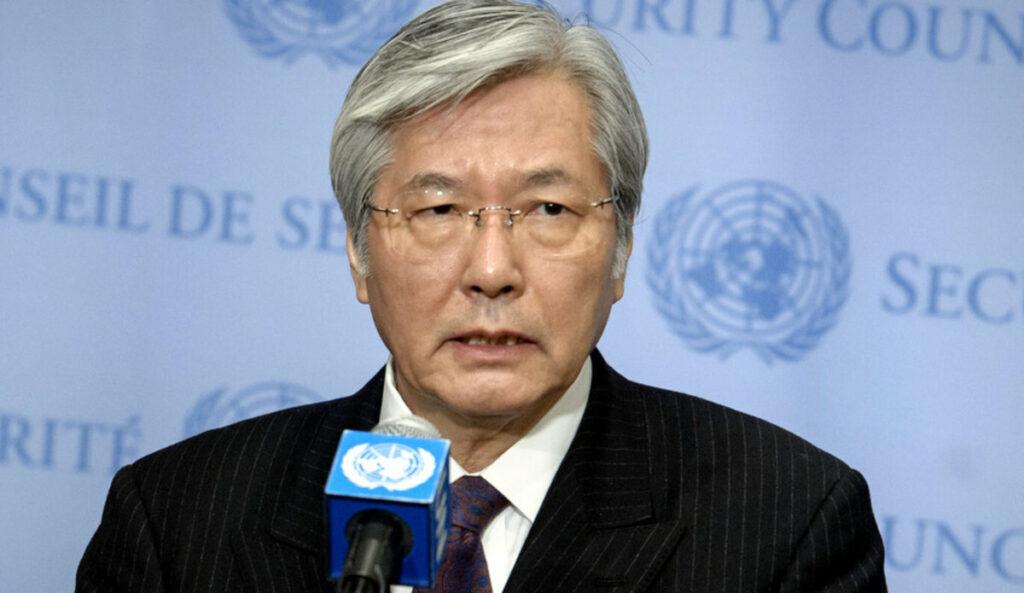KABUL said on Sunday.
A report from UNAMA put the civilian fatalities from January 1 to July 15 at 1,692 — 1% more than a year earlier and the highest for the period since 2009.
Militant attacks and suicide bombings were cited as the main causes of deaths. At least 3,430 people were wounded, down by 5%, the report said.
Despite the first-ever ceasefire between the Afghan government and the Taliban during the Eid, UNAMA said, the record-high death toll was recorded.
“The brief ceasefire demonstrated the fighting can be stopped and civilians no longer need to bear the brunt of the war,” remarked Tadamichi Yamamoto, the UN chief’s special Representative for Afghanistan.
Also head of UNAMA, the diplomat said: “We urge parties to seize all opportunities to find a peaceful settlement – this is the best way that they can protect all civilians.”
Suicide bombs and “complex” attacks that involve several militants accounted for 1,413 casualties – 427 deaths and 986 injuries – up 22% from a year earlier.
UNAMA renews its call on parties to the conflict to increase efforts to protect the civilian population and encourages parties to work towards reaching a peaceful settlement.
The combined use of suicide and non-suicide IEDs caused nearly half of civilian casualties. The majority of IED casualties were caused by suicide and complex attacks, leading to record high civilian casualties.
As many as 427 civilian deaths and 986 injuries, a 22 per cent increase, resulted from IED attacks, according to the report, which attributed 52 per cent of civilian casualties from suicide and complex attacks to Daesh, mainly in Kabul and Nangarhar province.
The Taliban were blamed for 40 percent of the civilian casualties. The remaining casualties were attributed to unidentified anti-government elements.
Ground engagements were the second leading cause of civilian casualties, followed by targeted and deliberate killings, aerial operations and explosive remnants of war.
Civilians living in the provinces of Kabul, Nangarhar, Faryab, Helmand and Kandahar bore the brunt of the war, the report added.
While an 18 per cent reduction occurred in casualties from ground engagements,
civilian casualties from suicide and complex attacks by militants mounted, with more than half attributed to Daesh.
The mission also documented a sharp increase in civilian casualties from aerial attacks by government forces.
The armed conflict caused 544 casualties (157 deaths and 387 injuries) among women — almost half from ground engagements.
Despite a 15 per cent decrease in overall women casualties, the UN mission said the issue remained a matter of grave concern.
UNAMA recorded 1,355 child casualties (363 deaths and 992 injured), a 15 per cent drop compared to the same period in 2017.
“UNAMA continued to document the toxic consequences of this conflict, with Afghan boys and girls killed, maimed, sexually assaulted, abused, recruited and used by parties to the conflict,” said Danielle Bell, UNAMA’s human rights chief.
mud
Views: 7
